Say Goodbye to Acne Scars with these Natural Remedies and Professional Treatments
How to Deal with Acne Scars: A Comprehensive Guide
In this comprehensive guide, we will delve into various methods to deal remove acne scars, focusing on those unfortunate reminders of whiteheads, ice pick, and depressed scars scars.
Leveraging natural remedies, we'll explore the efficacy of treatments like neem oil in managing acne and restoring your skin to its healthy state.
It's time to say goodbye to blemishes and welcome a clean, clear complexion. Get ready for practical, non-invasive strategies to tackle acne scars in the comfort of your own home.
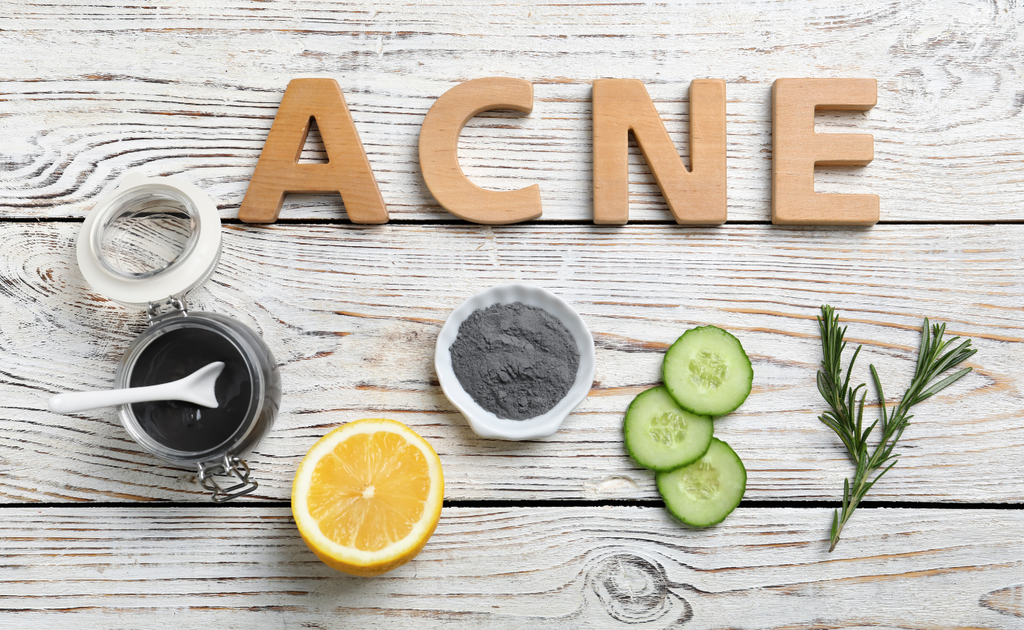 Scars occur due to too much collagen formation while skin heals creating resulting in dull skin, post inflammatory pigmentation and various scar types e.g. icepick scars, raised scar etc.
Scars occur due to too much collagen formation while skin heals creating resulting in dull skin, post inflammatory pigmentation and various scar types e.g. icepick scars, raised scar etc.
Understanding Acne and Its Scars
Understanding the nature of acne and how it affects the skin is critical in determining the most effective treatment.
Acne scars are more than just superficial blemishes - they are the result of the skin's inflammatory response to acne lesions, which can lead to fibrous tissue formation, causing acne scarring.
The intensity and type of scarring can vary based on individual skin type and the severity of acne. Furthermore, certain individuals are more prone to scarring due to genetic factors. Gaining such knowledge helps to set realistic expectations for the process of scar reduction and helps us identify what works best for our unique skin condition.
Remember, a well-informed approach to treating acne and its scars is the first step towards healthy, clear skin.
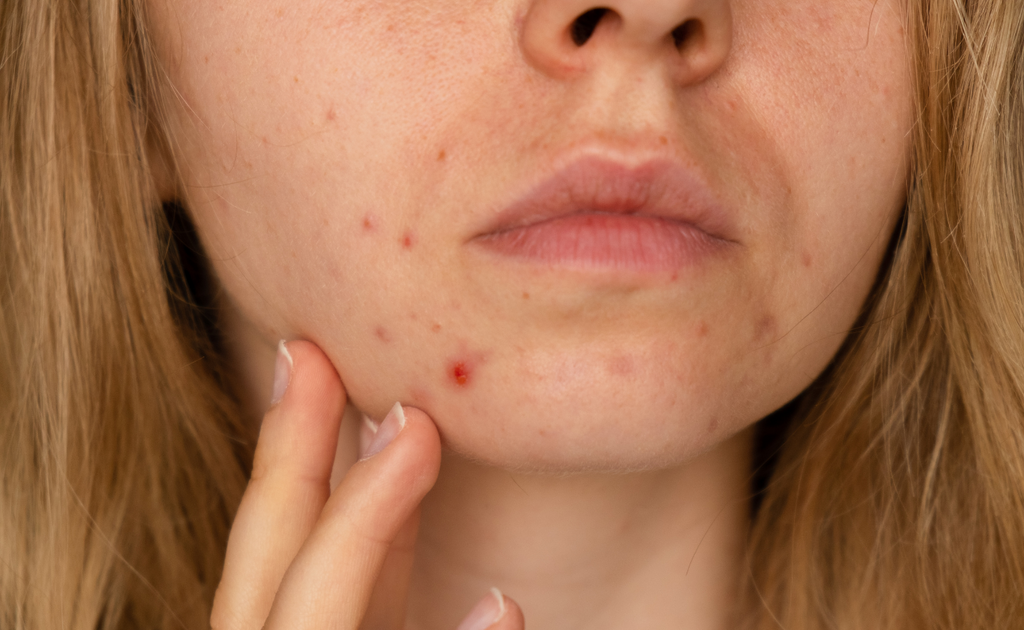 Atrophic scars common on the face and also tend to affect are darker skin tones. Excess collagen formation during the healing process acne scars occur.
Atrophic scars common on the face and also tend to affect are darker skin tones. Excess collagen formation during the healing process acne scars occur.
Understanding Acne
What is Acne and Why Does It Occur?
Acne is a common skin condition that occurs when the skin's oil glands and hair follicles become clogged with oil, dead skin cells, and other debris.
This blockage leads to the formation of various types of blemishes, including whiteheads, blackheads, and pimples. Acne is most commonly seen on the face, but it can also occur on the neck, chest, back, and shoulders.
The exact cause of acne can be attributed to a combination of factors. Hormonal changes, particularly during adolescence, can lead to an increased production of oil, creating an environment conducive for acne.
Another factor is the build-up of certain bacteria on the skin, which can contribute to the inflammation and redness associated with acne. Genetics also play a role, with research indicating that individuals with a family history of acne are more likely to develop the condition.
Lastly, certain lifestyle factors, such as diet and stress, can exacerbate acne issues. It's important to remember that while acne is a common condition, its manifestation and severity can vary greatly from person to person, necessitating customized treatment approaches.
 To prevent acne scars is to look after the skin, inflammatory acne and the active breakouts in a correct way. Using correct skin care, suitable face wash, moisturizers and over the counter creams containing topical retinoids, it's also important to wear sunscreen.
To prevent acne scars is to look after the skin, inflammatory acne and the active breakouts in a correct way. Using correct skin care, suitable face wash, moisturizers and over the counter creams containing topical retinoids, it's also important to wear sunscreen.
Different Types of Acne: Whiteheads and Others
Acne presents itself in various forms, each with its unique characteristics and treatment approaches.
Whiteheads are among the most common types of acne. They are characterized by closed, skin-colored bumps caused by clogged hair follicles. They're often small, making them less noticeable than other forms of acne, but can still be a source of discomfort and insecurity for many.
Blackheads are another common type of acne. Unlike whiteheads, blackheads are open at the skin's surface, giving them their characteristic black or dark appearance. This dark color isn't a result of dirt but rather the oxidation of sebum or oil in the follicle.
Papules are small, often pink bumps on the skin. These are a result of inflammation or infection in the hair follicles and can be sensitive to the touch.
Pustules or pimples are pus-filled lesions that are generally red at the base. They can appear on any part of the body but are most commonly seen on the face.
Nodules are large, hard lumps that form beneath the surface of the skin. They are often painful and can cause scarring if not treated properly.
Cysts are large, pus-filled lumps that are generally painful and can cause severe scarring. A cyst develops when bacteria multiply, leading to infection deep within the hair follicles.
Understanding the different types of acne is vital as it directly influences how they will be treated. A treatment that works for one type of acne may not necessarily work for another. Therefore, identifying your acne type is the first step towards effective treatment and ultimately, clear skin.
 Commonly uses scar treatments is laser treatment, salicylic acid hyperpigmentation treatment, and skin graft. It may take many treatments to get rid of existing scars dark spots and promote new skin cells renewal.
Commonly uses scar treatments is laser treatment, salicylic acid hyperpigmentation treatment, and skin graft. It may take many treatments to get rid of existing scars dark spots and promote new skin cells renewal.
Specific Focus on Acne Scars: Boxcar Scars, Ice Pick Scars & more
Acne scars are a distressing reminder of previous skin issues, and they come in different types, each with its unique characteristics.
Boxcar acne scars
Boxcar acne scars are round or oval depressions with steep vertical sides. Their appearance is often compared to chickenpox scars, and they can vary in depth and size. These scars occur when an inflammatory breakout destroys collagen, causing the skin to lose support and create a depression. The loss of tissue leads to the skin developing a boxy appearance, hence the name.
Ice Pick Scars
Ice Pick Scars, on the other hand, are deep, very narrow scars that extend into the dermis. The skin appears as if it has been pierced by a sharp instrument, which is what gives these scars their name. They often seem larger than they are due to the shadowing caused by the depth of the scar. These scars occur when an inflamed cyst leaves a long column-like scar tissue tract from the surface of the skin to deeper layers.
 Some skin reacts well to treatments with azelaic acid, pulsed dye laser, laser resurfacing procedure but in most cases it will require more than one treatment. Other may need a deeper scars skin surgery, soft tissue fillers and/or laser treatment.
Some skin reacts well to treatments with azelaic acid, pulsed dye laser, laser resurfacing procedure but in most cases it will require more than one treatment. Other may need a deeper scars skin surgery, soft tissue fillers and/or laser treatment.
Hypertrophic scars
Hypertrophic scars are raised, red or purple lesions that often appear on the chest and back. They are caused by an excess of collagen production as a result of intense inflammation at the site of an acne lesion. The fibroblasts in the skin form extra scar tissue resulting in raised scarring. Hypertrophic scars can cause itching and discomfort, but
Rolling scars
Rolling scars are broad depressions with sloping edges. They give the skin a wavy or rolling appearance and are caused by collagen and elastin fibers being broken down, leading to the loss of underlying tissue support.
Raised scars
Raised scars are the result of excessive tissue formation as the skin tries to repair itself. These scars, also known as hypertrophic and keloid scars, tend to be red or pink in color and can range from mild discoloration to a raised lump on the surface of the skin.
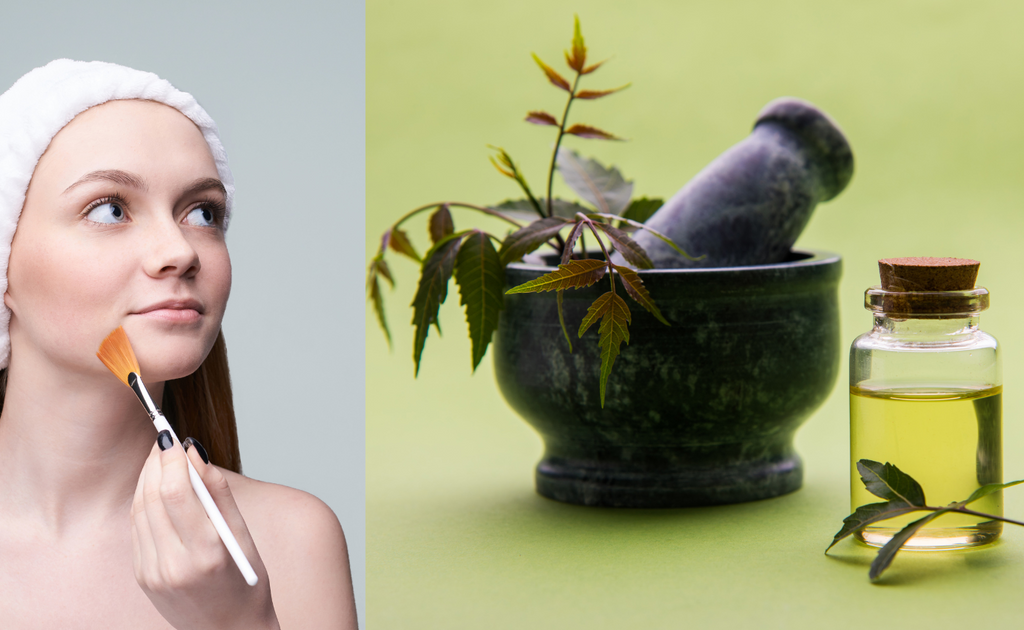 Chemical peel are used to treat acne scars, they can diminish appearance of acne scar and post inflammatory hyperpigmentation.
Chemical peel are used to treat acne scars, they can diminish appearance of acne scar and post inflammatory hyperpigmentation.
Treating acne scars
The goal of treatment for acne scars to is to reduce or eliminate the appearance of acne scars, improve skin texture and even out skin tone. There are a variety of treatments available depending on the type and severity of your individual case.
For ice pick scars, chemical peels are often recommended as they can help abrade away excess tissue and encourage collagen production. Laser treatments may also be used to reduce the appearance of ice pick scars, as they can help stimulate collagen and increase cell turnover in the skin.
For boxcar scars, subcision is often recommended as it involves breaking up scar tissue below the surface of the skin. Fillers are another option for treating boxcar scars, as they can fill in indentations and create a smoother, more even texture.
Additionally, there are topical treatments such as retinol creams or Bakuchiol which can be used to boost collagen and skin cell turnover, helping to reduce the appearance of both ice pick and boxcar scars.
For those seeking a more natural approach, neem oil has been touted for its anti-inflammatory properties that may help reduce acne scars. It is also believed to have antibacterial, antifungal and antioxidant properties which can help protect against environmental damage.
Ultimately, finding the right treatment for your acne scarring depends on the type of scarring you have and the severity. It’s important to speak with a dermatologist or qualified medical professional in order to find the best approach for your skin. With the right treatment, you can have clear and healthy skin in no time.
Some skin reacts well to treatments with azelaic acid, pulsed dye laser, laser resurfacing procedure but in most cases it will require more than one treatment. Other may need a deeper scars skin surgery, soft tissue fillers and/or laser treatment.
Other methods of dealing with acne scars
Salicylic acid is another popular treatment for acne, and is used both topically and orally to reduce inflammation and prevent future breakouts. It works by exfoliating the skin, removing excess oil and preventing clogged pores. Additionally, salicylic acid can help reduce redness and swelling associated with acne lesions. It is an effective treatment for mild forms
Botox injection relaxes the surrounding skin, helping to reduce the appearance of acne scarring. Botox is injected directly into the scar tissue in order to smooth out its texture and make it less visible. This treatment works best for raised scars and can provide long-lasting results with minimal side effects.
Microdermabrasion uses tiny crystals or an exfoliating tool to buff away the top layers of skin, revealing fresh new cells beneath. This exfoliation helps stimulate collagen production and can reduce the appearance of both boxcar scars and ice pick scars by smoothing out their texture. It is usually recommended as a course of several treatments for optimal results.
Skin needling is a procedure where tiny needles are used to prick the skin, creating tiny micro-injuries on the surface which prompt collagen production. It is often recommended for those suffering from deeper acne scars as it helps to break down scar tissue and stimulate healthy new cell growth. This treatment can be quite effective in reducing both boxcar and ice pick scars
Now that you know more about different types of acne scars and various treatments, you'll be better equipped to take steps towards achieving clear skin. With consistency, patience, and guidance from a qualified medical professional, it's possible to
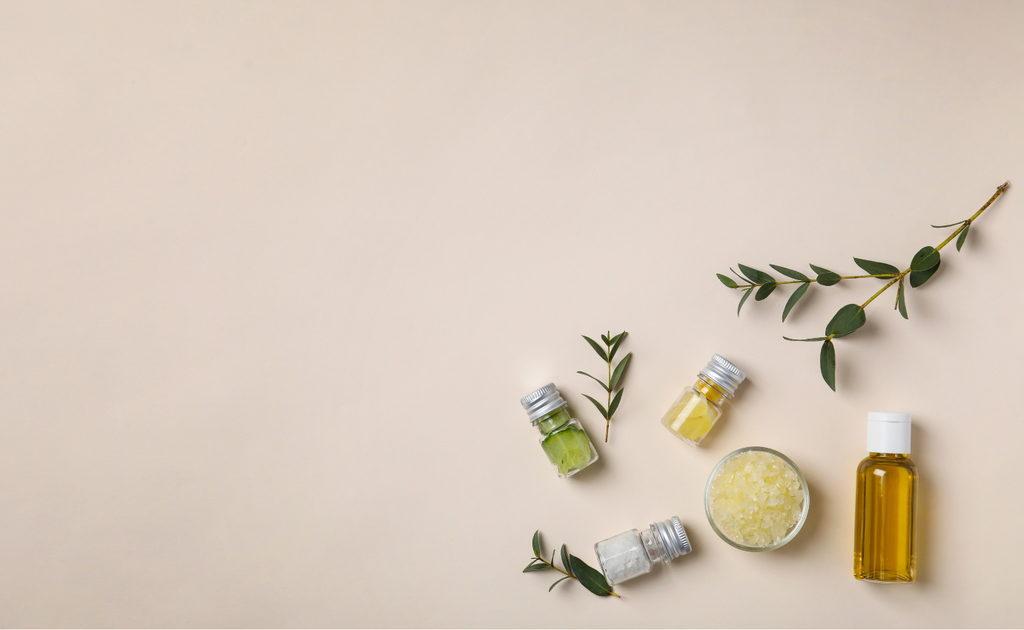 Top 6 Natural Remedies for Acne Scars
Top 6 Natural Remedies for Acne Scars
Natural remedies can serve as a viable alternative for those seeking to diminish the appearance of acne scars without resorting to harsh chemical treatments. These methods rely on the healing properties of natural substances to reduce inflammation, promote skin regeneration, and improve overall skin texture. Here are some notable examples:
- Aloe Vera: Renowned for its anti-inflammatory and healing properties, aloe vera can help regenerate skin tissue and reduce the visibility of scars.
- Lemon Juice: Its natural bleaching properties can help lighten scars over time, and its high vitamin C content promotes collagen production, an essential component of skin regeneration.
- Neem Oil: This powerful plant oil is known for its antimicrobial and anti-inflammatory properties, which can help prevent acne and reduce scarring.
- Honey: Celebrated for its moisturizing and healing properties, honey can aid in scar fading and tissue regeneration.
- Baking Soda: This common household item can serve as a natural exfoliant, helping to erase superficial scars by shedding the skin's top layer and promoting new skin growth.
- Alpha Hydroxy Acids: AHA, or alpha hydroxy acid, is derived from fruit acids which helps to reduce scar visibility and improve skin texture.
Combined with a healthy lifestyle that includes adequate hydration, sun protection, and regular exercise, these natural remedies can be quite effective in reducing the appearance of acne scars over time.
 Other Natural Remedies
Other Natural Remedies
Tea Tree Oil
Tea tree oil is renowned for its antibacterial, antiviral, and antifungal properties, making it an effective remedy for acne and acne scars. Dilute a few drops of tea tree oil with a carrier oil and apply it to the scars. Leave it on for a few hours or overnight, then rinse with warm water. Repeat daily.
Coconut Oil
With its potent moisturizing and healing properties, coconut oil can aid in reducing the appearance of acne scars. Warm a spoonful of virgin coconut oil in your palm, apply it to the scars, and massage gently. Leave it on overnight and rinse in the morning. Use daily for best results.
Turmeric
Turmeric is celebrated for its anti-inflammatory and antioxidant properties. Mix turmeric powder with water to make a paste, apply it to the scars, leave it on for 20 minutes, then rinse. Repeat daily.
Tamanu Oil
Tamanu oil is a powerful plant oil known for its healing and anti-inflammatory properties. Apply a few drops of tamanu oil to your facial skin, focusing on the scarred areas. Massage it into the skin and leave it on overnight. Repeat daily.
Cacay (Kahai) Oil
Cacay oil has great efficacy data when it comes to diminishing appearance of scars and promoting cell regeneration. It's high in vitamin A, E, and fatty acids that make it an effective natural remedy for scars due to its anti-aging, regenerative, and protective properties. Apply a few drops of cacay oil to the scarred areas of your skin two times a day. Massage gently until the oil is absorbed into the skin.
Remember, natural remedies may not completely eliminate acne scars, and their efficacy can vary among individuals. Always consult a dermatologist before starting a new skincare routine.
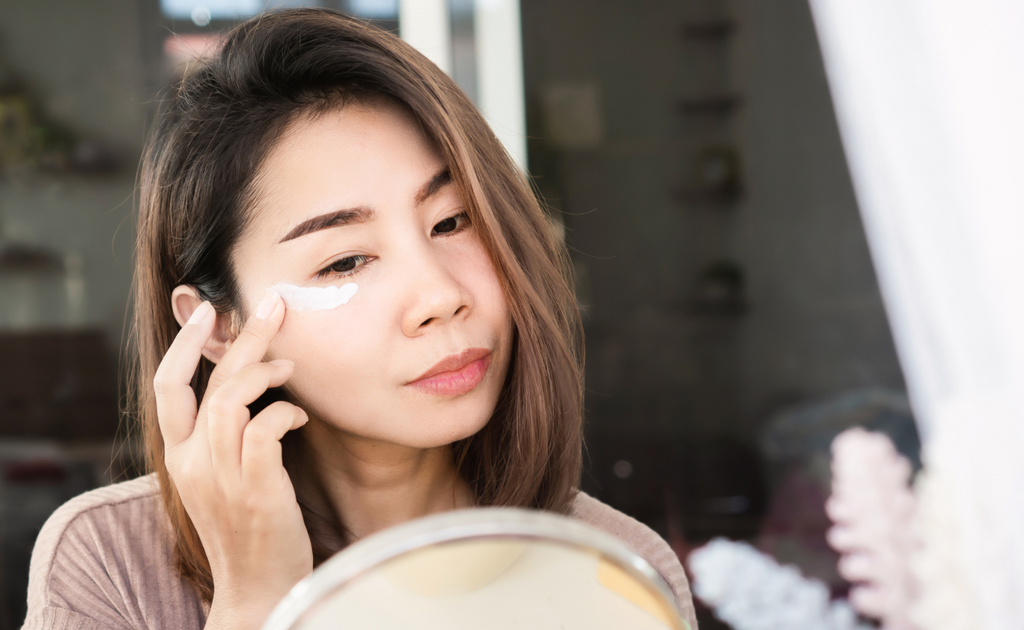 Topical skincare products containing lactic acid can be effective as acne treatment, also collagen induction therapy, glycolic acid lactic acid and other treatment also suitable for the sensitive skin type.
Topical skincare products containing lactic acid can be effective as acne treatment, also collagen induction therapy, glycolic acid lactic acid and other treatment also suitable for the sensitive skin type.
Tips to Prevent Acne Scarring
Maintaining a thorough and consistent skincare routine can effectively help prevent acne and resulting scars. Here are some best practices to follow:
- Cleanse Daily: Wash your face twice daily with a gentle cleanser to remove dirt, oil, and bacteria. Avoid harsh soaps that can cause dryness and irritation.
- Moisturize: A non-comedogenic moisturizer won't clog pores and can help maintain skin hydration levels. Dry skin can lead to overproduction of sebum, which can cause acne.
- Avoid Picking and Popping: As tempting as it may be, picking and popping pimples can lead to infection, inflammation, and ultimately, scarring. Let the acne heal naturally.
- Sun Protection: Sun exposure can darken scars and prolong healing. Always wear a broad-spectrum sunscreen with an SPF of at least 30.
- Healthy Diet: Consuming a balanced diet rich in fruits, vegetables, lean proteins, and whole grains can promote healthy skin. Avoid food high in sugar and dairy as they may trigger acne in some people.
- Stay Hydrated: Drinking plenty of water can help keep your skin hydrated and may help prevent breakouts.
- Regular Exercise: Exercise promotes healthy skin by increasing blood flow, reducing stress, and helping to keep hormones in balance.
- Consult a Dermatologist: If you are experiencing persistent or severe acne, it's best to consult a dermatologist. They can provide tailored advice based on your specific skin type and condition.
Remember, everyone's skin is different and what works for one person may not work for another. Be patient and consistent with your skincare routine. Over time, you'll find the best regimen that suits your skin.
Acne scars can be a reminder of difficult times, but with the right tools and knowledge, it's possible to reduce their appearance. Natural remedies can offer some relief, but keep in mind that they may not entirely eliminate acne scarring. If your skin condition persists or worsens, always consult a dermatologist for tailored advice.
Potion Organic Products helping Skin with Acne
Potion Organic Products helping treating acne and acne scars contains natural ingredients and organic compounds like lemongrass oil, jojoba oil, rosehip oil, coconut oil, etc.
These products restore the skin's natural moisture barrier and help reduce inflammation, soothing skin while helping reduce acne scars.
• Reviving Cleanser provides powerful acne-fighting effects with bromelain and baobab powder.
• Deeply Cleansing Organic Face Oil penetrates pores to dissolve excess sebum, reducing breakouts while keeping your skin hydrated.
• Age-Defying Face Serum balances the skin's microbiome, preventing breakouts and promoting collagen production.
It's important to maintain a good skincare routine to prevent active acne breakouts as well as helping reduce existing scars.

